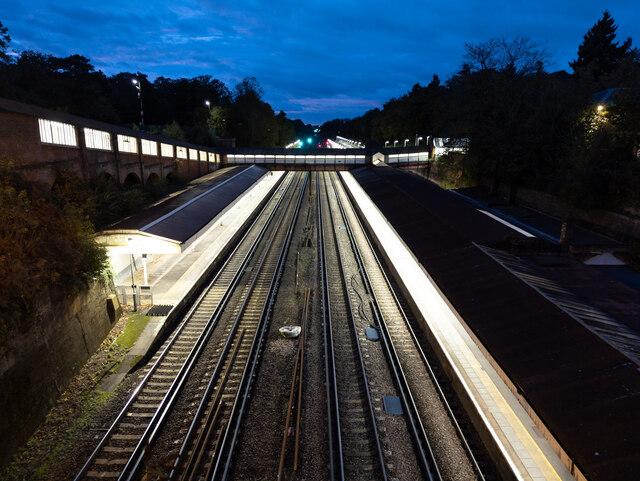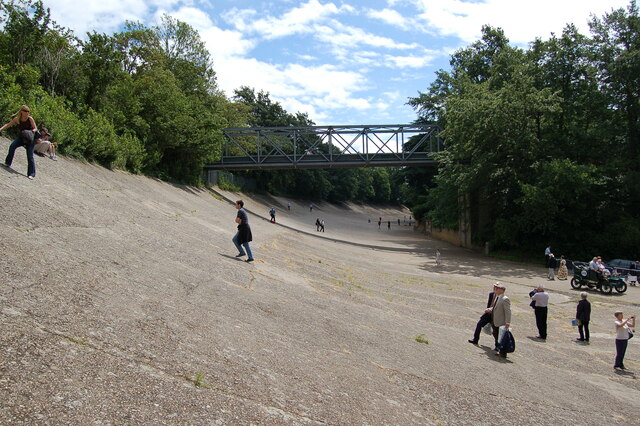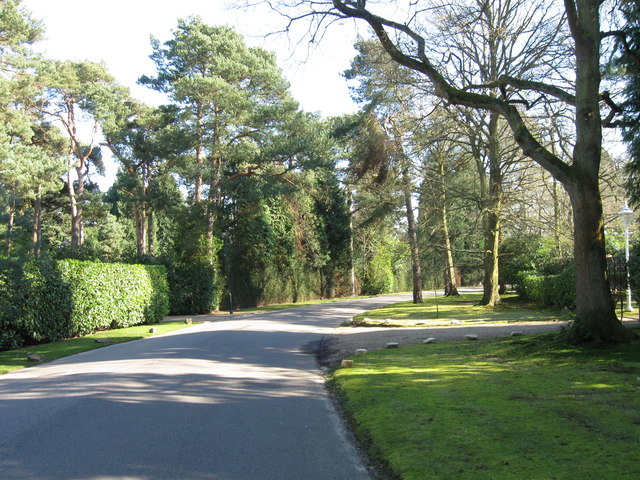Warren Pond
Lake, Pool, Pond, Freshwater Marsh in Surrey Elmbridge
England
Warren Pond
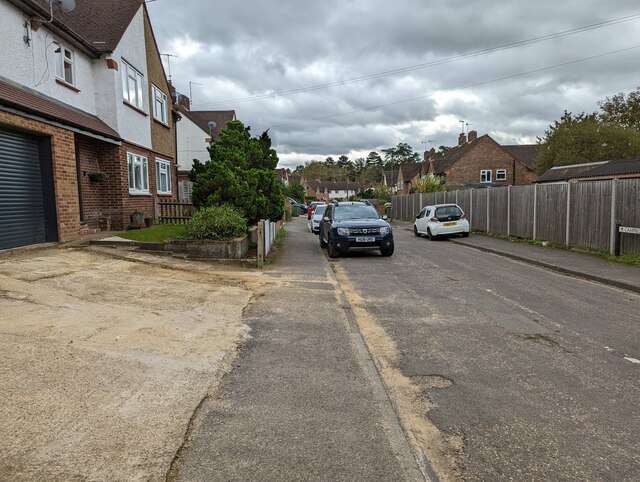
Warren Pond, located in Surrey, England, is a picturesque freshwater feature that encompasses a diverse range of natural habitats, including a lake, pool, pond, and freshwater marsh. Situated within the Warren Farm Nature Reserve, this tranquil and biodiverse area covers an expansive area of approximately 50 acres.
The main attraction of Warren Pond is its stunning lake, which stretches across a significant portion of the reserve. The lake is home to an array of aquatic plants, such as water lilies and reeds, providing a visually captivating sight. It also serves as a thriving habitat for various species of waterfowl, including ducks, geese, and swans, which can often be seen gracefully gliding across the water's surface.
Adjacent to the lake, there is a smaller pool that offers a more secluded and intimate setting for wildlife enthusiasts and nature lovers. This pool attracts a range of bird species, including herons and kingfishers, which rely on the water's abundant fish population for sustenance.
Further into the reserve, visitors can explore the pond and freshwater marsh, which provide a haven for an extensive collection of flora and fauna. These areas are characterized by a dense growth of aquatic vegetation, creating a vibrant and thriving ecosystem. Frogs, toads, and dragonflies are just a few of the creatures that call this habitat their home.
Warren Pond, Surrey, offers a peaceful retreat for both wildlife and visitors alike, providing a unique opportunity to observe and appreciate the beauty of nature in its purest form. Whether it be birdwatching, photography, or simply enjoying a leisurely stroll, this natural gem promises a memorable experience for all who venture here.
If you have any feedback on the listing, please let us know in the comments section below.
Warren Pond Images
Images are sourced within 2km of 51.357072/-0.43916779 or Grid Reference TQ0863. Thanks to Geograph Open Source API. All images are credited.
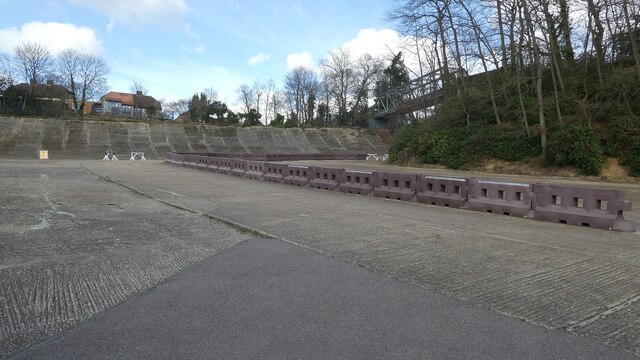
![Brooklands - Napier Railton - Lap record holder This monster of a car was designed by Reid Railton using a 24-litre W12 (3 banks of 4 cylinders)* Napier Lion aero engine. It was manufactured by Thomson & Taylor who were based at Brooklands. It had been commissioned by amateur racing driver (and three times holder of the World Land Speed record) John Cobb. It is thought that this car cost him around £10,000 in 1933 - more than a million in today's money.
On 7th October 1935 Cobb set the Brooklands Lap Record, completing the circuit in just 69 seconds at an average 143.44mph - see <span class="nowrap"><a title="https://www.brooklandsmuseum.com/about/latest-news/80th-anniversary-of-the-napier-railtons-ultimate-outer-lap-record#:~:text=On%20the%207th%20October%201935,beaten%20average%20of%20143.44mph" rel="nofollow ugc noopener" href="https://www.brooklandsmuseum.com/about/latest-news/80th-anniversary-of-the-napier-railtons-ultimate-outer-lap-record#:~:text=On%20the%207th%20October%201935,beaten%20average%20of%20143.44mph">Link</a><img style="margin-left:2px;" alt="External link" title="External link - shift click to open in new window" src="https://s1.geograph.org.uk/img/external.png" width="10" height="10"/></span> for more details of this run.
Its fuel tank holds 65 gallons, which at today&#039;s [2022] petrol prices would cost about £500 to fill - mind you, it needs a decent sized tank as it only manages about 5mpg!
This car is still in perfect running order and is often seen around the country at events such as the Goodwood Festival of Speed.
* Engine details: High compression version (6.1:1) (RAF specification). Naturally aspirated (no supercharger) Napier Lion aero engine. W12 (broad arrow) cylinder configuration of 23.944 litres capacity. Producing 580 bhp (433 kW) at 2585rpm (recorded at 5,000ft), and 1,250 pound-foot (1.695 kNm) of torque.](https://s2.geograph.org.uk/geophotos/07/12/06/7120698_83e9f0cd.jpg)
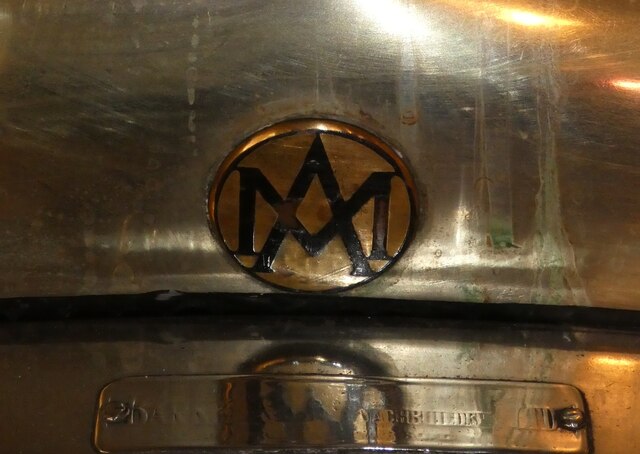
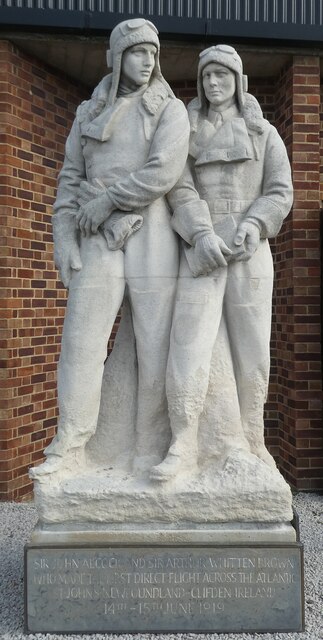
![Brooklands - Rolls Royce Merlin Engine Mk61 The Rolls Royce Merlin Engine was fitted to many iconic WWII aircraft including the Hawker Hurricane (fighter) from its prototype in 1935, the Vickers Wellington (bomber) and Supermarine Spitfire (fighter). The Mk61 seen here was developed in 1942 and was fitted to the Spitfire Mk IX and XI, the latter being a photo-reconnaissance aircraft.
The engine specification for the Mk61 is:
Upright 60° V12 (12 cylinder)
1260bhp (940kW)
27 litre (1637 cu in)
Bore 5.4&quot; (137mm)
Stroke 6&quot; (152mm)
[Note: Assuming the capacity and bore are correct, the stroke is probably nearer 5.95&quot; than 6&quot;]](https://s2.geograph.org.uk/geophotos/07/12/09/7120986_05bb7416.jpg)
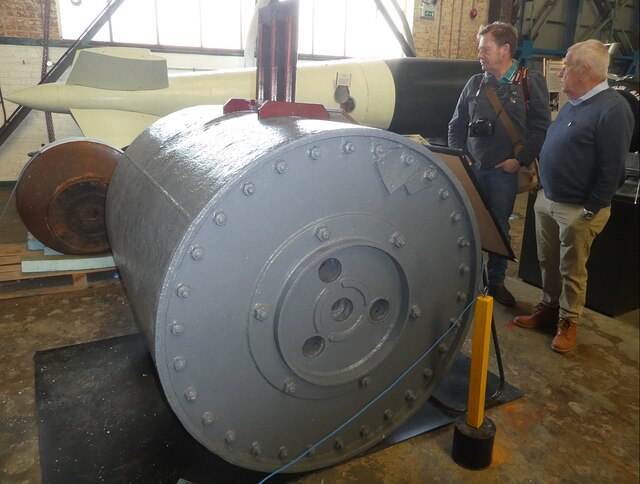
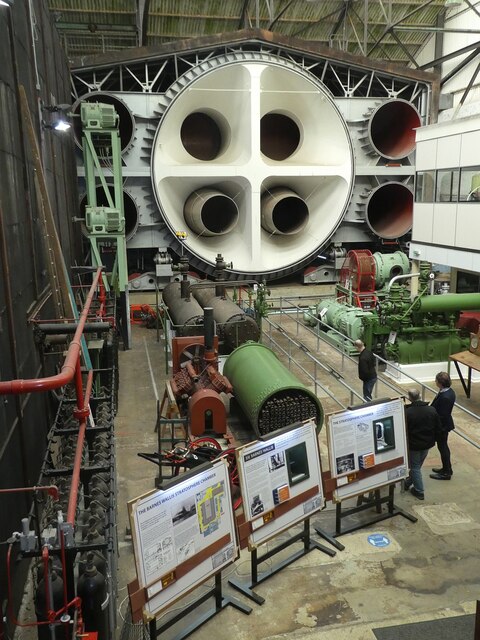

![Brooklands - Concorde 202 G-BBDG ('Delta Golf') A view of Concorde 202 G-BBDG (&#039;Delta Golf&#039;) looking along its fuselage from its pointed nosecone. G-BBDG was the first plane in history to carry 100 passengers at twice the speed of sound. It also has the distinction of having been used as the training plane for every Concorde pilot.
If you visit Brooklands, you can pay a little extra [£6 as of 2022] to enjoy the Concorde Experience where you go onboard and learn a lot of interesting facts about this amazing piece of engineering.](https://s1.geograph.org.uk/geophotos/07/12/12/7121285_96ce0c87.jpg)
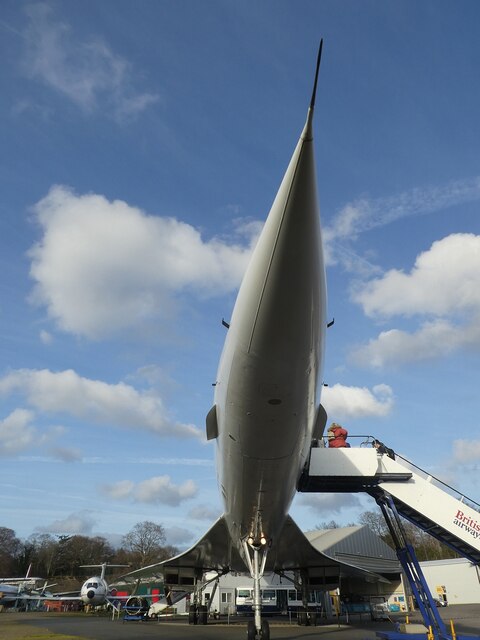
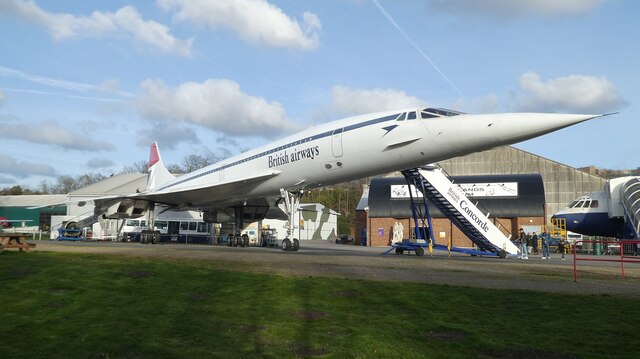
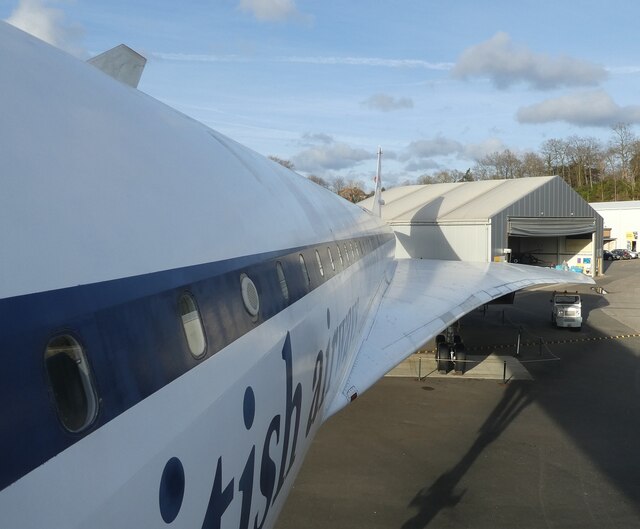
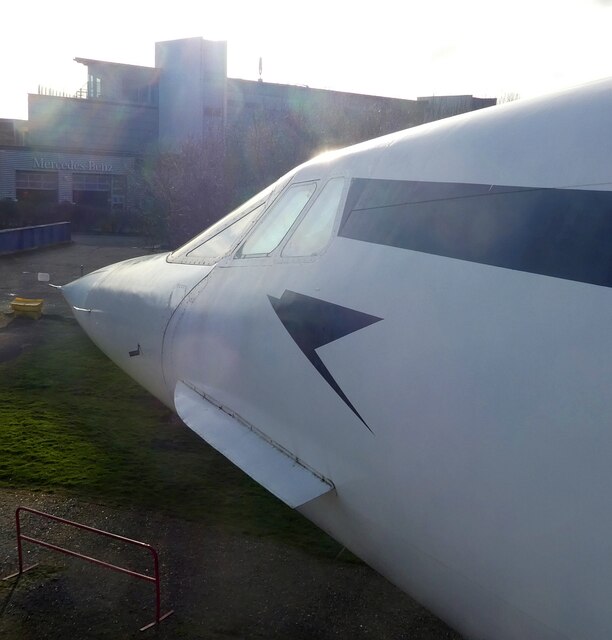
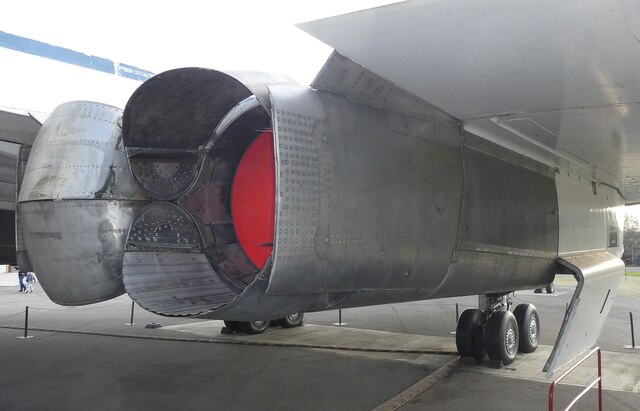
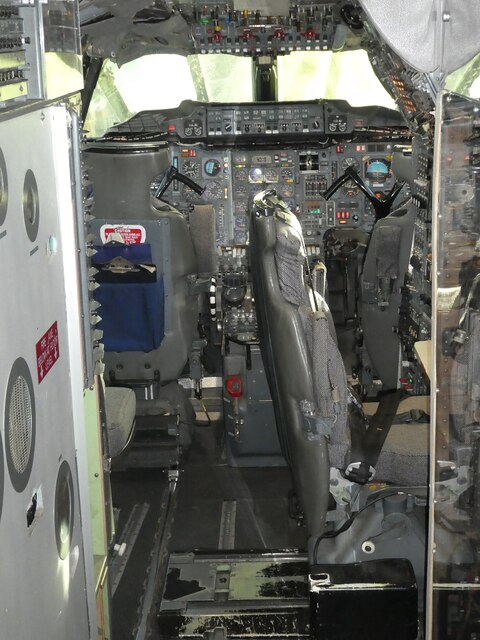
Warren Pond is located at Grid Ref: TQ0863 (Lat: 51.357072, Lng: -0.43916779)
Administrative County: Surrey
District: Elmbridge
Police Authority: Surrey
What 3 Words
///vest.porch.shield. Near Weybridge, Surrey
Nearby Locations
Related Wikis
Kenwood, St George's Hill
Kenwood is a house on the St George's Hill estate, Weybridge, Surrey, England. Originally called the Brown House, it was designed by architect T. A. Allen...
St George's Hill
St George's Hill is a 964-acre (3.9 km2) private gated community in Weybridge, Surrey, United Kingdom. The estate has golf and tennis clubs, as well as...
Whiteley Village
Whiteley Village, in Hersham, Surrey, England, is a retirement village, much of it designed architecturally by Arts and Crafts movement-influenced architect...
Weybridge
Weybridge () is a town in the Borough of Elmbridge in Surrey, England, around 17 mi (27 km) southwest of central London. The settlement is recorded as...
Weybridge Heath
Weybridge Heath is a part of Weybridge common, in South East England. The Heath comprises 47 acres (190,200 square metres) of lowland heathland that runs...
Weybridge United Reformed Church
The Weybridge United Reformed Church (formerly Weybridge Congregational Church) situate at Queen's Road (the A 317 Road), Weybridge, near to its junction...
Weybridge railway station
Weybridge railway station is near the established midpoint of Weybridge in Surrey, England and south of its town centre. It is on the South West Main Line...
Hamstone House
Hamstone House is a large detached house on the St George's Hill estate in the English county of Surrey. The house stands in 8 acres of grounds that are...
Nearby Amenities
Located within 500m of 51.357072,-0.43916779Have you been to Warren Pond?
Leave your review of Warren Pond below (or comments, questions and feedback).
